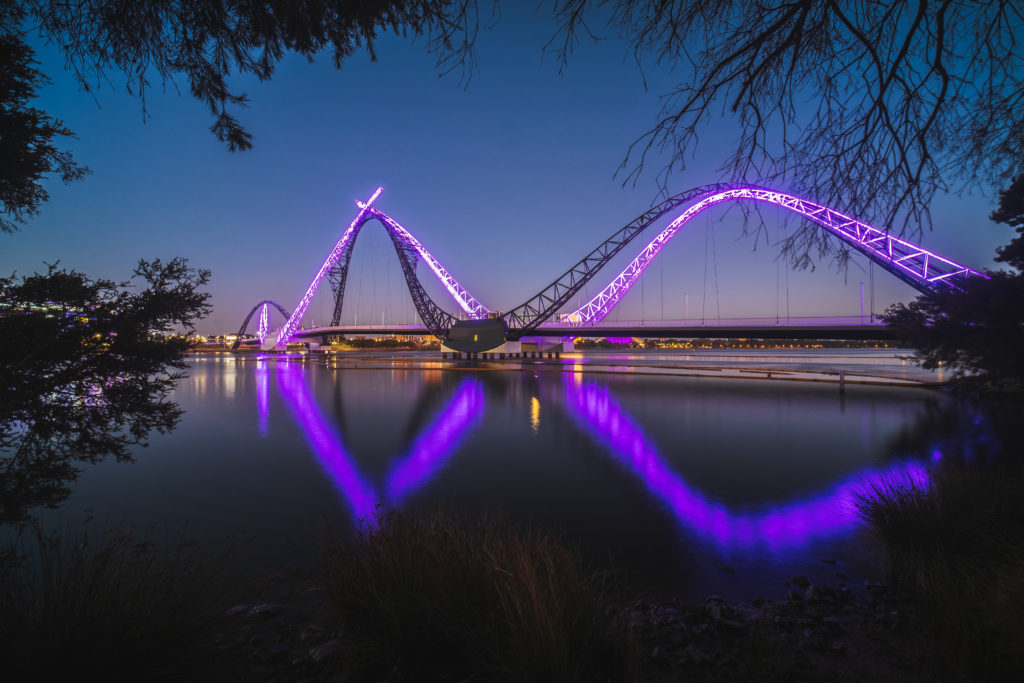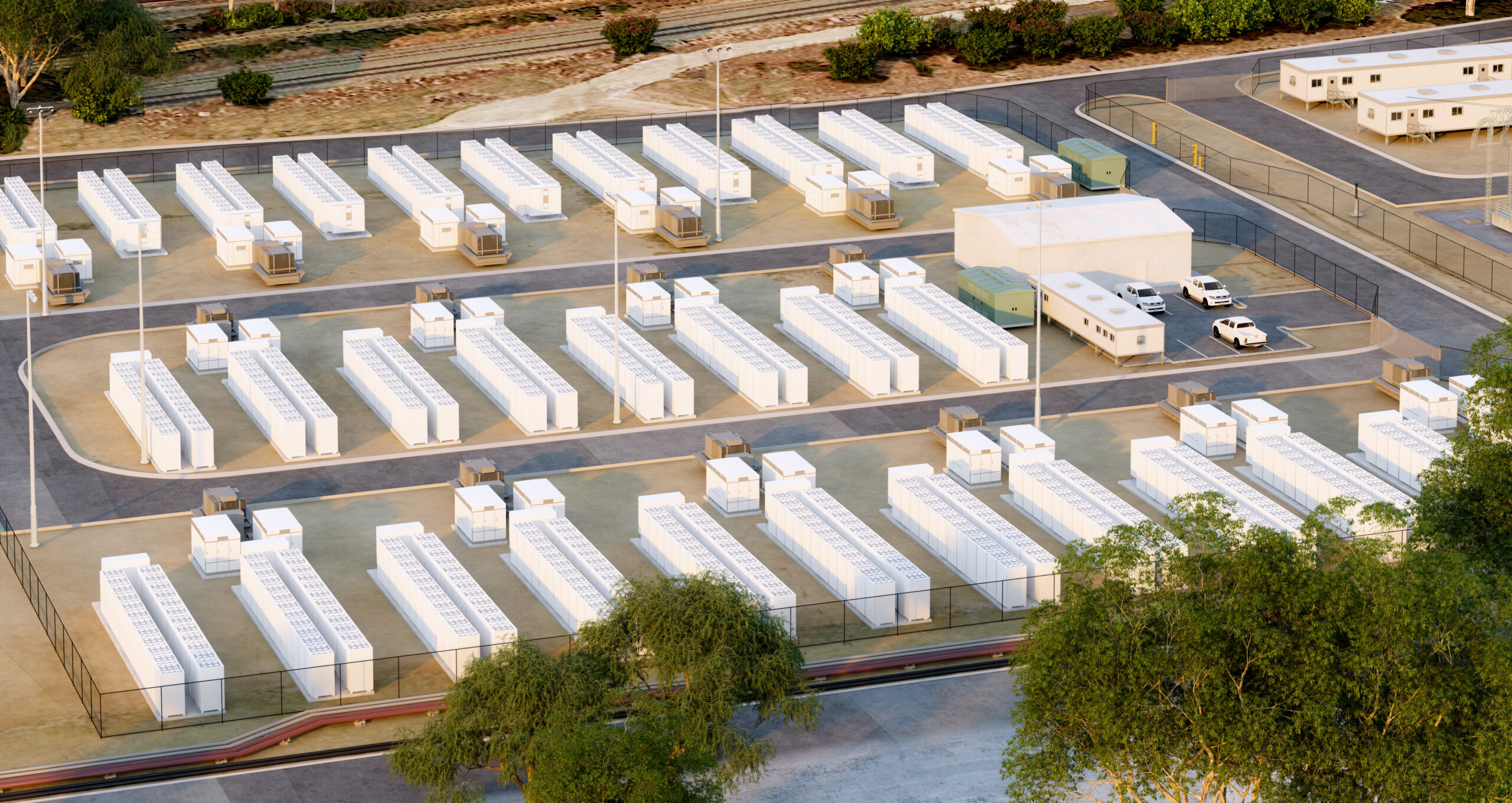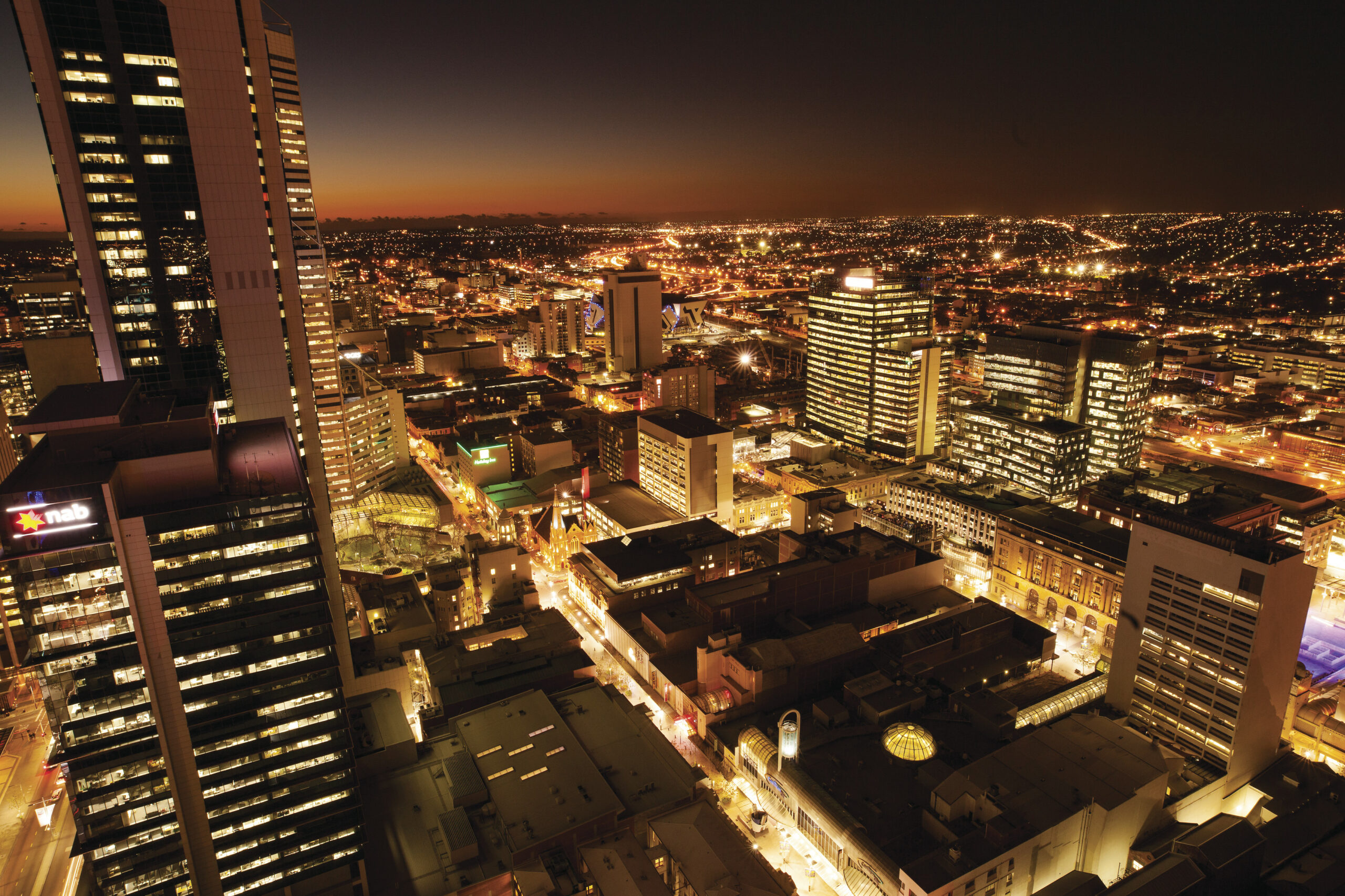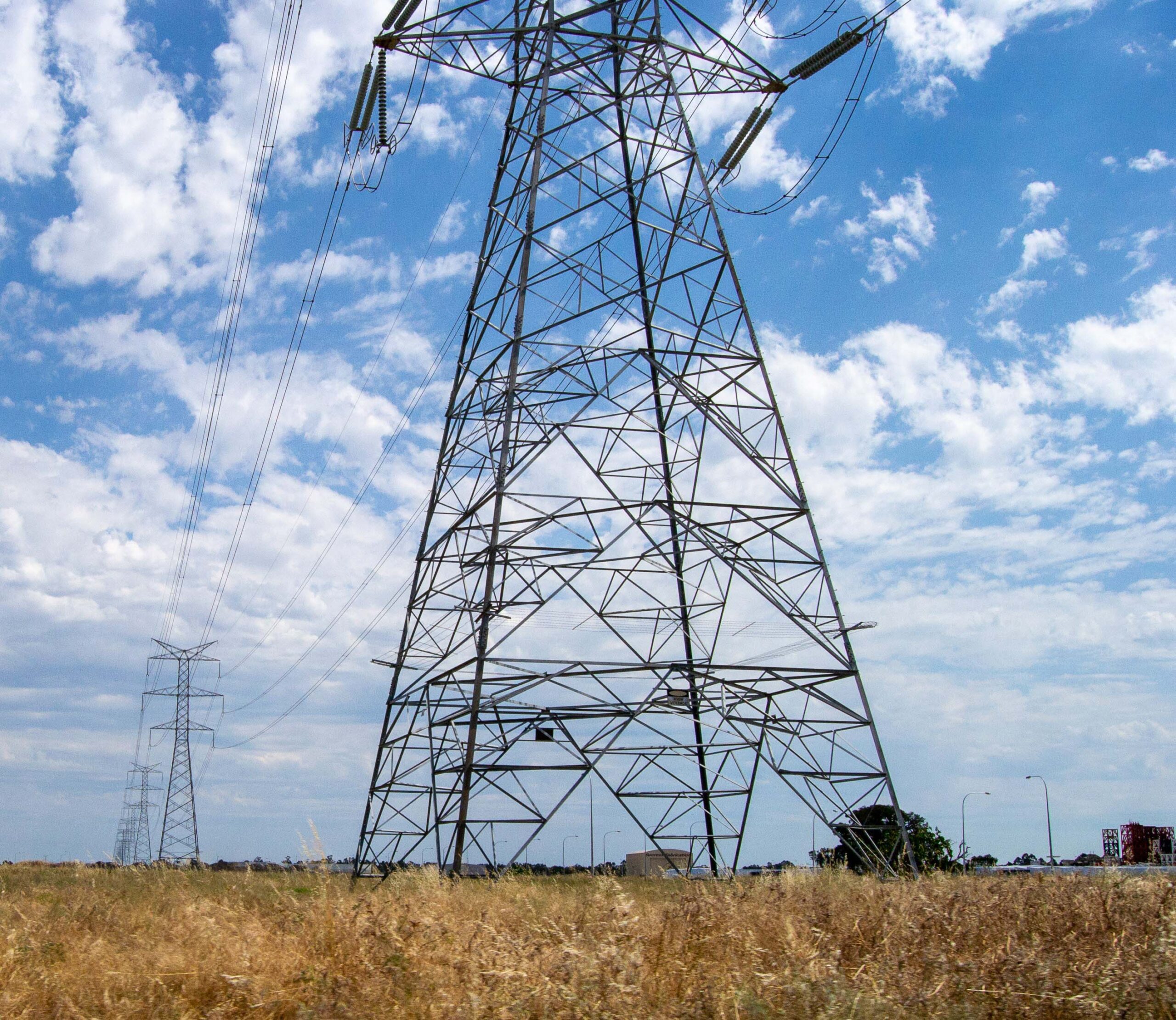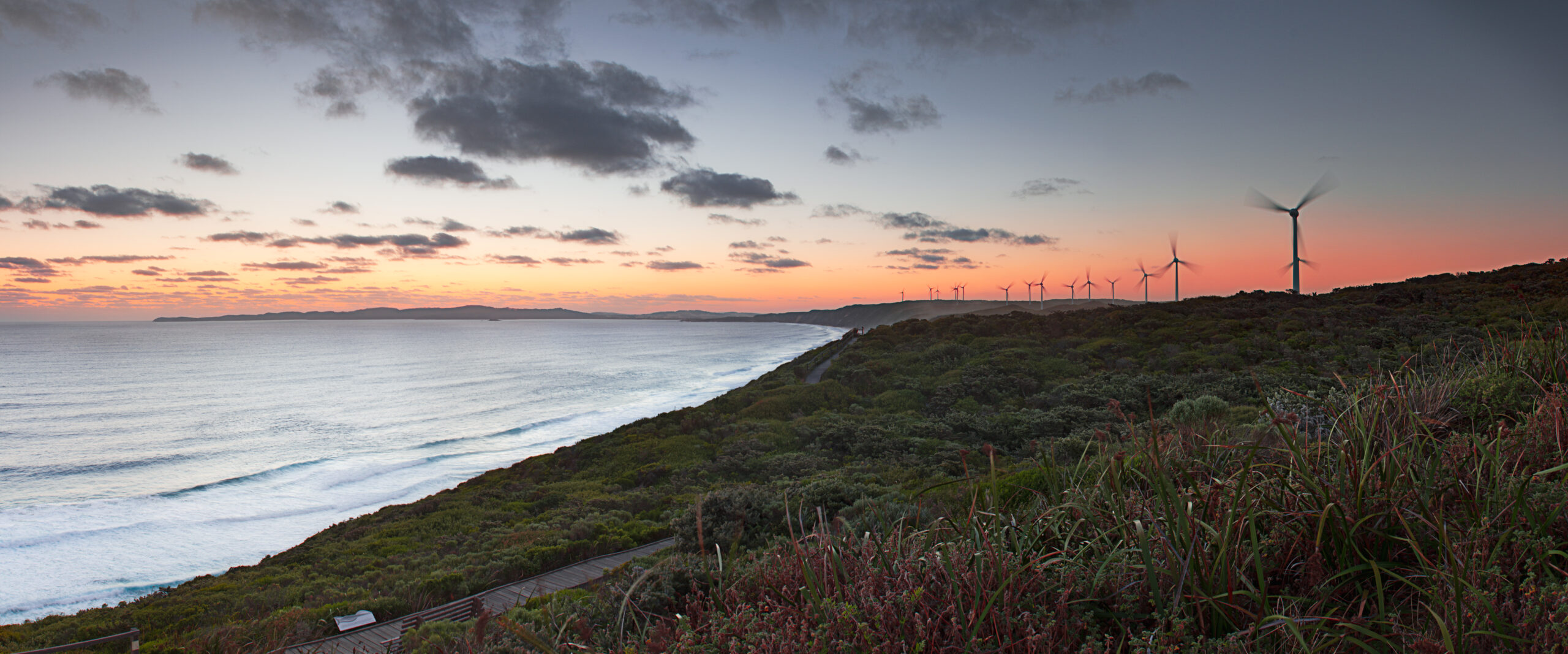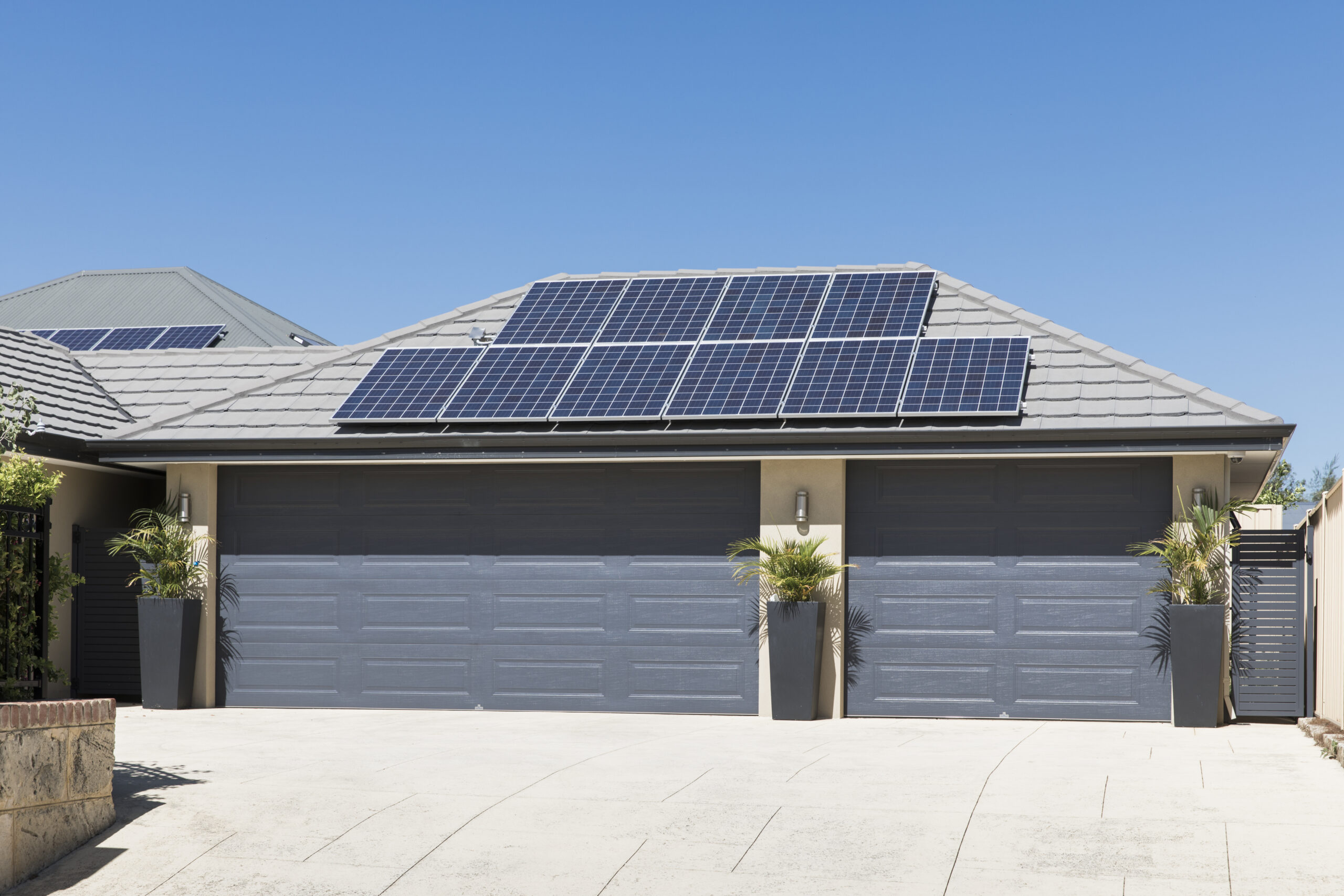
What is decarbonisation?
Decarbonisation is the process of cutting down and eventually eliminating greenhouse gas emissions from our daily lives.
In the past, power systems have relied on emissions intensive generation facilities.
We are now decarbonising our power system through a shift towards low-emissions renewable energy sources and storage.
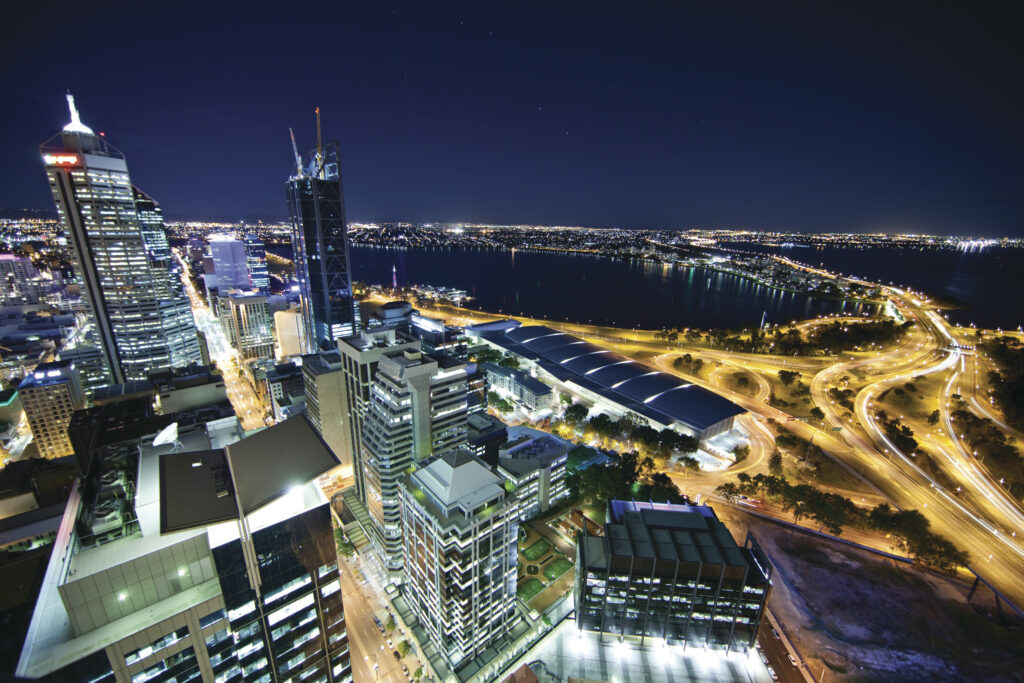
A future ready grid
Western Australia has some of the best and most reliable renewable energy resources on the planet. But having world-leading renewable energy is only one piece of the puzzle – it needs to be connected to where it will be used.
The State-owned Western Power network is vast, secure, reliable and remains the lowest cost way of transporting electricity across the South West of the State.
The State Government has undertaken an assessment of what the South-west grid (or the ‘SWIS’) might look like over the next 20 years if demand for renewable electricity grows to meet what is needed for industry and government to achieve their emissions reductions targets by 2050.
Western Power has commenced planning works for parts of the ‘SWIS Demand Assessment’ vision for the grid, moving Western Australia towards a low carbon future.
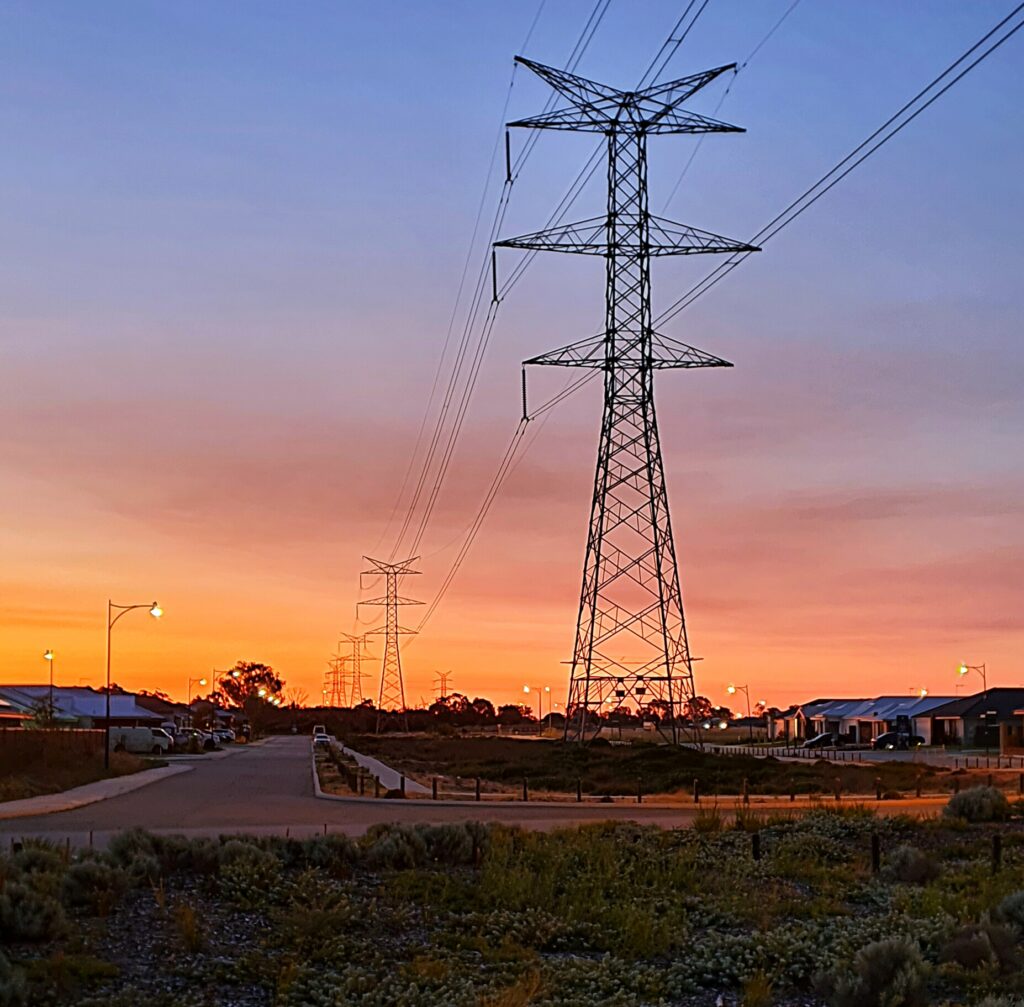
New generation and storage
The State Government, through Synergy and the Water Corporation, is investing in renewable energy and storage projects to secure our future energy needs.
Synergy and the Water Corporation are preparing plans to benefit from these assets, and will be working closely with the private sector.
The plans will introduce about 810 megawatts of wind generation and 1,100 megawatts of electricity storage into the power system over the next seven years.
This is an ambitious capital works program and will mean hundreds of jobs for Western Australians for many years to come.
Multiple sites are being considered for new renewables and storage projects, particularly in the south west of the state.
More information on the type and location of these renewable energy projects will be made available in the coming months as plans are further developed.
Synergy and the Water Corporation, in partnership with other government agencies, are also investigating whether pumped hydroelectricity energy storage is technically and economically feasible at a utility scale in Western Australia.
Renewable hydrogen is also an emerging technology that can contribute to decarbonisation, and will be evaluated for economic feasibility relative to costs of alternative technologies.
.
The State Government is considering a broad mix of technologies that can be deployed to decarbonise the energy system.
Synergy and the Water Corporation, in partnership with other government agencies, will be investigating whether pumped hydroelectricity energy storage is technically and economically feasible at a utility scale in Western Australia.
Renewable hydrogen is also an emerging technology that will be evaluated for economic feasibility relative to costs of alternative technologies.
Western Power is also investigating options for network upgrades to help support this renewable energy transition.
Retirement of Synergy’s coal-fired power stations
As part of the commitment to decarbonisation, the State Government will be retiring the existing fleet of Synergy-owned coal-fired power stations.
The State Government has now announced indicative retirement dates for Synergy’s coal-fired power stations, shown in the timeline below.


